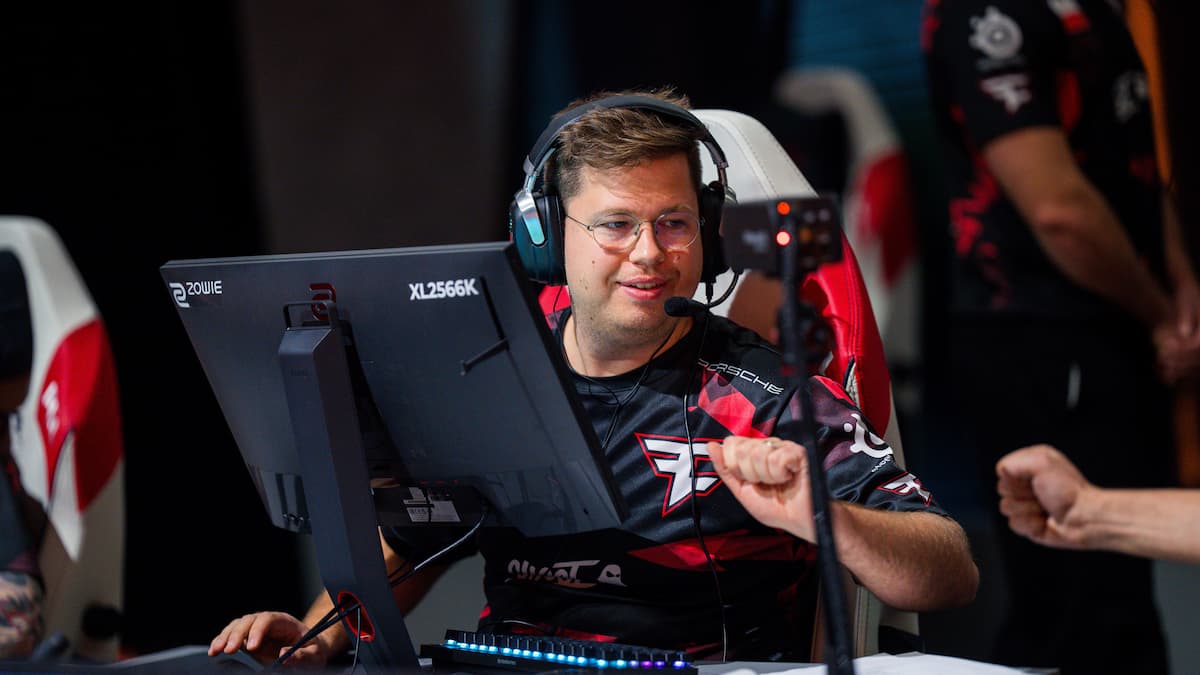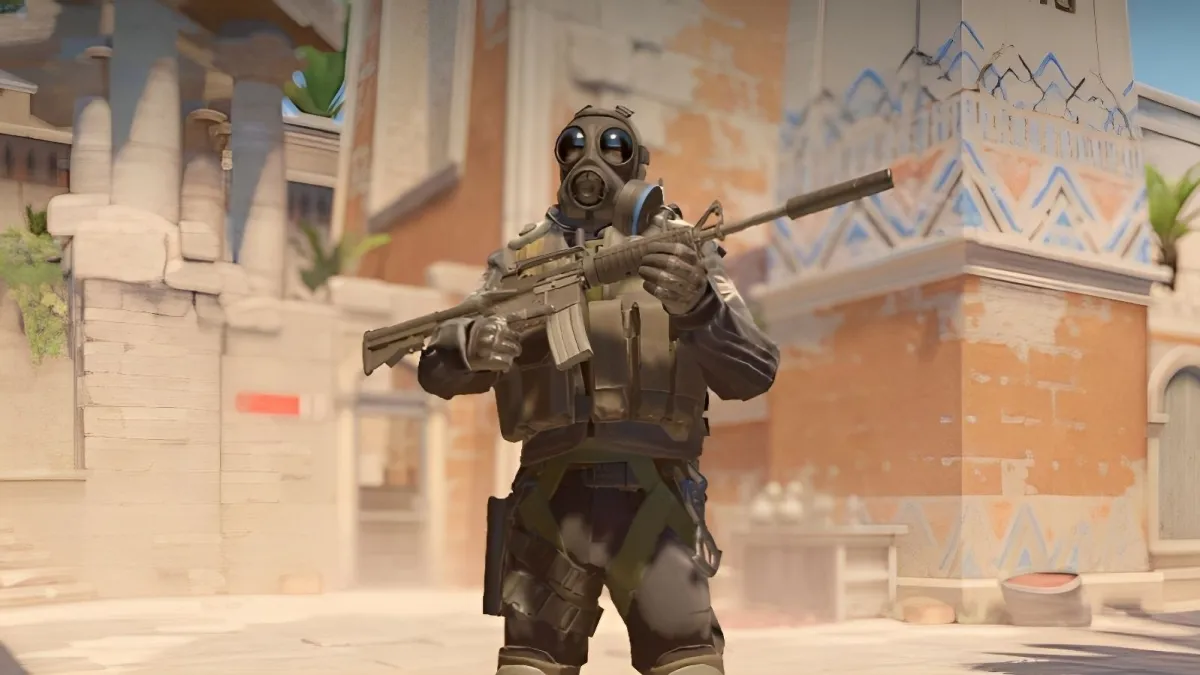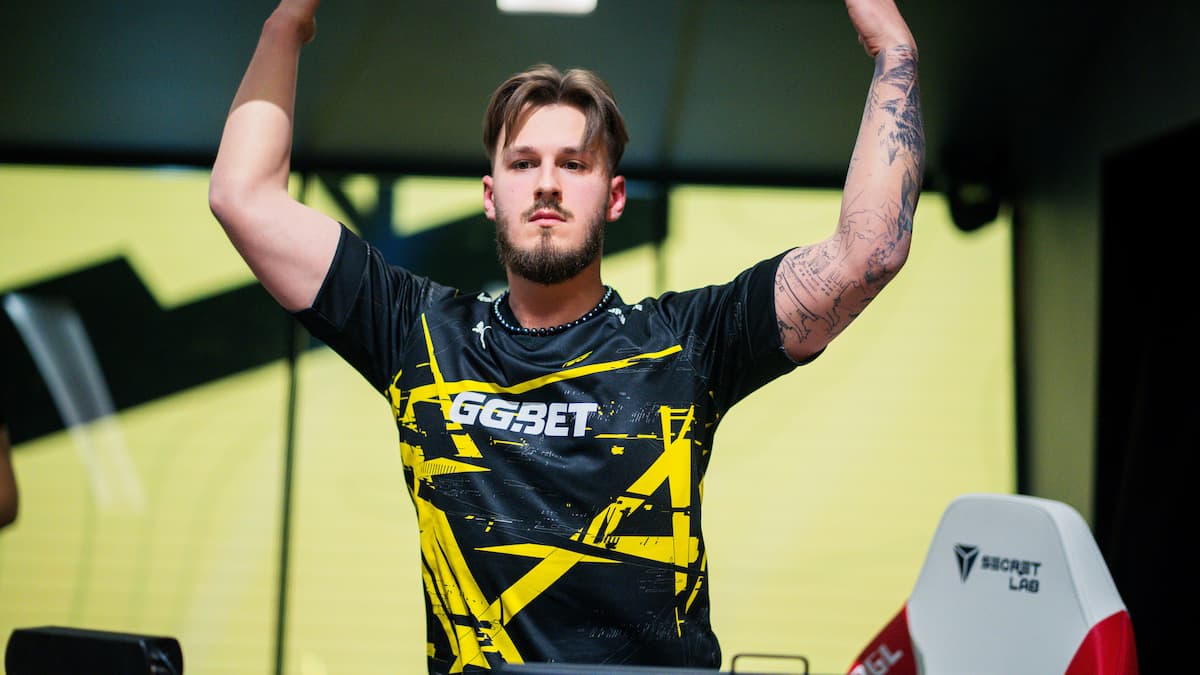Modern esports fans have gotten used to million dollar prize pools and audiences of hundreds of thousands of people tuning in.
But this new norm is limited to the most popular games, such as Dota 2 or League of Legends. And it’s certainly not the reality of Valve’s popular shooter Team Fortress 2. The game has a long esports history, but it only features a few relatively minor tournaments offering at most $15,000 in prize money each year. International competition, with its bloated travel costs, had mostly been a pipe dream since the game’s inception in 2007.
That all changed in 2012, when Eric “Salamencer” Smalley and Jeff Extine of eXtelevision, an esports video production company, took a stab at funding an American team’s trip to Europe. Their goal was to get the team to Insomnia 46, a LAN in England that was hosting a Team Fortress 2 tournament that had attracted Europe’s best teams.
The two approached the leaders of America’s best teams, Classic Mixup and Leviathan Gaming, with a proposition: They would try and crowd fund a trip to Europe, leaning on the small but energetic community to provide the backing that corporate sponsors usually do.
The teams were initially dubious about the idea. They worried about committing to a trip that might fall through if funding goals weren’t met. But when Smalley offered up nearly $20,000 of his own money as collateral should the goals not be met, the teams were on board.
“He was a very respectable community figure and we all had the utmost faith in him,” Classic Mixup captain Carl “Enigma” Yangsheng said. “What WAS surprising was how well we ended up fundraising.”
The campaign raised nearly $18,000, which covered most of the travel costs.
Nowadays esports is no stranger to crowdfunding, especially for Valve’s esports. The International, the company’s annual tournament for Dota 2, boasted nearly $11 million in prizes, thanks largely to fan contributions. But the Team Fortress 2 community pulled off their tournament in the summer of 2012, a full year before The International’s first crowdfunding attempt brought the phenomena mainstream esports attention.
“I’m not sure if there was any sort of precedent in the esports scene for something like that happening,” Yangsheng said. “Raising that amount of money from the community for a relatively localized cause, that only directly benefitted very few.”
That it worked out was a “pleasant” surprise, and Classic Mixup and Leviathan Gaming delivered for their donors. Mixup won the tournament without dropping a game to a European team, besting a similarly dominant Leviathan Gaming in the finals. America, it seemed, had proven their Team Fortress 2 dominance.
That crowdfunding drive served as a blueprint for the following years. At Insomnia 49, Leviathan, now calling itself High Rollers Gaming, joined Australian squad Team Immunity in Europe thanks to another crowdfunding venture. But Europe took back the title, as Epsilon Gaming and Team Coolermaster left their globe trotting brethren in third and fourth place.
This year, Yangsheng and his peers pulled in nearly $15,000 to partially fund Classic Mixup and Froyotech’s trip to Insomnia 52, which runs this weekend. (If you’re wondering about the gap between tournament numbers: There are multiple Insomnias every year, but Team Fortress 2 only features at the summer event.)
They’ll seek to bring the championship back to America, but competition will be tough. Epsilon put together their own fundraiser to make sure they’ll be able defend their title, while the Australians of Team Immunity paid out of pocket to fly to Europe and stay there an extra week to train before the event. They’re hungry to take what they learned last year and turn it into a title of their own.
Yangsheng is the captain of Classic Mixup, i46 champions and three-time winners of the ESEA league, the most prestigious competition in America. He runs community website teamfortress.tv and has competed in the game since 2007, earning a reputation as the best Scout in America thanks to his smart and consistent play.
The i52 tournament, he says, will be the closest competition yet. For one, there will be two American teams and an Australian team. That’s more top quality competition from outside Europe than at the past two events.
Plus, the stakes are higher: America and Europe have both won a title. This tournament could break the tie.
That’s ignoring the extra pressure that comes from a community of fans shelling out $15,000 of their hard-earned cash just to see you play a video game. And then there’s the bias some hold against crowdfunded tournaments: Players shouldn’t be begging fans for money, they’d argue.
But most of those who’ve paid are happy with the product. Funding this big international bash has become something of a yearly ritual for the Team Fortress 2 esports community. Results of the ESEA league, America’s top local competition, decide which team or teams will represent America in Europe. Then the community bands together to send them across the sea.
“The i49 drive was reached with surprisingly little effort,” Yangsheng said. “and this year, for i52, we had no doubt in our minds that we’d also easily reach our goal.” The campgaign was fairly routine, according to Yangsheng, but “a lot of work.” The blueprint established in 2012 clearly works.
The teams offer up the type of perks common with Kickstarter campaigns: in-game items signed by players on the teams, t-shirts, individual or team coaching sessions, a chance at winning an “unusual” hat, a rare in-game item often worth hundreds of dollars. But Yangsheng says those superficial items had little to do with the flurry of donations.
“It’s up to the community and no one else to give TF2 that real esports feel, even if it’s for a few fleeting weeks,” Yangsheng says.
The money isn’t just funding teams, or a show of fan support; it’s literally creating an event, an international competition.
“The money doesn’t simply go to sending a team. The fact that the teams go at all makes the event what it is,” Yangsheng says.
The Insomnia Gaming Festival, tabbed as “UK’s biggest gaming festival”, isn’t a huge competition, at least in the wider world of esports. Or even by Team Fortress 2 standards. The prize pool clocks in at $8,300, or half that of America’s local ESEA competition, which hosts two full seasons with live playoffs featuring $15,000 prizes each year. The $12,540 Counter-Strike: Global Offensive tourney at i52 won’t even attract any international teams.
It’s not ideal, according to Yangsheng, but the Insomnia series is home. There were discussion about bringing Team Fortress 2 to Dreamhack, moving the yearly shebang from the United Kingdom’s biggest gaming festival to the world’s biggest. But the logistics of the move proved to complicated to make it happen. Yangsheng believes that’s for the best, in some ways.
“Team Fortress 2 really gets to shine at the i-series events,” he said. “At Dreamhack it probably would’ve gotten sidelined and barely noticed.”
Getting noticed seems to be a theme throughout Team Fortress 2’s esports history. At one point, major gaming franchises like Evil Geniuses and Complexity housed Team Fortress 2 teams. It looked like the game might have a future as a major competitive title, especially considering the game’s broad popularity among gamers.
But with the death of the Championship Gaming Series in 2008 and a subsequent lull in esports, the game never really took off. It remains a tight knit, extremely competitive, and consistent community, but one that’s stuck in a kind of “limbo”, as Yangsheng describes it.
The i46 crowdfunding effort was initially designed to break that limbo. Smalley hoped a successful effort would show sponsors the potential of Team Fortress 2 and its rabid competitive community, attracting corporate backing so that future events wouldn’t need a crowd funded effort. That’s one reason he was so willing to use his own personal money as collateral: an investment in Team Fortress 2’s future. It didn’t work, at least in the way Smalley intended. But Yangsheng says it brought something better to the community: “self-sustenance rather than corporate reliance.”
But sustenance is not growth. Team Fortress 2 remains an extremely popular game. It drew more revenue than Dota 2 last year. It has a playerbase that’s still slowly growing, despite the rise of Valve’s competing first person shooter title, Counter-Strike. But that’s not enough.
“Any way out of this state of limbo has to be something from Valve,” Yangsheng says. “We’ve tried so hard and for so long without pretty much an iota of help from Valve that I don’t see any other way forward.”
Valve is a bit of a touchy subject among the Team Fortress 2 competitive scene. The developer has used the game as a testing ground for systems used to boost the popularity of other esports, such as Dota 2 and Counter-Strike: Global Offensive. But the company never extended the same courtesy to Team Fortress 2, despite similar opportunities for growth.
Valve’s esports efforts with Counter-Strike: Global Offensive have directly impacted it’s rise to the second most popular game on Steam, eclipsing Team Fortress 2, which sits seemingly forgotten by its progenitors. What could be accomplished with a Valve-backed effort?
That’s something we might never know, and that’s too bad for the passionate fans and players of one of the more entrenched esports communities in the market. But in some ways, that’s just fine. This weekend’s i52 tournament will likely feature the best matches Team Fortress 2 has ever seen, filled with ridiculous clutch plays, massive airshots, innovative strategies, and the raw emotion of a charged competition, a world championship.
The fans and players may not get any more than that, but that’s okay. They’ll get what they paid for.






Published: Aug 21, 2014 10:38 am